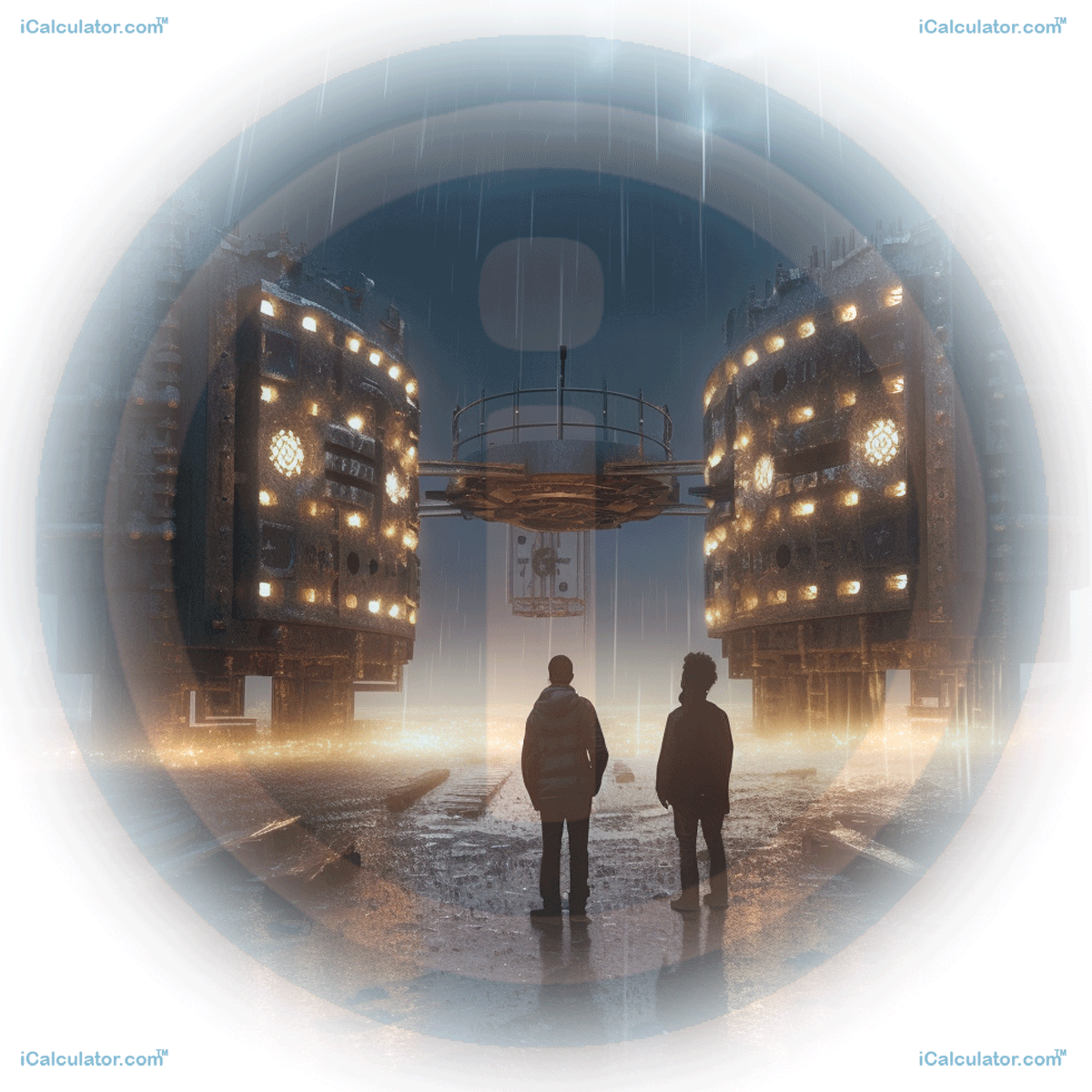Menu
Single LED Circuit Power Series Resistor Calculator
Please provide a rating, it takes seconds and helps us to keep this resource free for all to use

The single LED circuit power series resistor is an essential component in electronic circuit design, particularly in LED lighting systems. This tutorial aims to provide an understanding of the series resistor in LED circuits, including the associated calculations and formulas. It explores the concept of the series resistor, the calculation formula, real-life applications in industry, key individuals in the discipline, and interesting facts about this component and its significance in the field of Electrical Engineering.
| Volts | |
| Volts | |
| milliamps(mA) | |
| Resistance Value = Ohms |
| Next Standard 5% Resistor*= Ohms |
| Resistor Color Markings = 5% |
| Power Dissipated In LED = milliwatts(mW) |
| Power Dissipated In Resistor = milliwatts(mW) |
Example Formula
The calculation formula for the power series resistor in a single LED circuit is as follows:
Where:
- Vsupply: The supply battery voltage
- Vforward: The forward voltage of the LED
- Irated: The rated current of the LED
Who wrote/refined the formula
The formula for calculating the power series resistor in a single LED circuit is based on Ohm's Law, which defines the relationship between voltage, current, and resistance in an electric circuit. Ohm's Law was formulated by German physicist Georg Simon Ohm in 1827. Ohm's Law serves as the foundation for various calculations and design considerations in Electrical Engineering, including the calculation of series resistors in LED circuits.
Real-Life Application in Industry
The use of a power series resistor in single LED circuits is prevalent in various industries that incorporate LED lighting systems. From residential lighting to automotive applications, LED circuits with series resistors provide a means to regulate the current flowing through the LED and protect it from excessive current. This ensures proper LED operation and longevity, resulting in efficient and reliable lighting systems.
Key Individuals in the Discipline
Georg Simon Ohm is a key individual in the discipline of Electrical Engineering. His formulation of Ohm's Law revolutionized the understanding of electrical circuits and played a significant role in the development of modern electrical systems. Ohm's Law remains a fundamental principle in Electrical Engineering and is applied in various fields, including circuit design, power distribution, and electronic device operation.
Interesting Facts
- The power series resistor in a single LED circuit helps limit the current flowing through the LED, preventing it from being damaged due to excessive current.
- The forward voltage of an LED varies based on its type and color. Different LEDs require different forward voltage levels, which influences the selection of the series resistor.
- LED lighting systems have revolutionized the lighting industry by offering energy-efficient and long-lasting lighting solutions for various applications.
Conclusion
The power series resistor is a crucial component in single LED circuits, providing current regulation and protection for the LED. By understanding the calculation formula, real-life applications, key individuals, and interesting facts presented in this tutorial, engineers and designers can effectively design LED lighting systems that are safe, efficient, and reliable.
Engineering Calculators
You may also find the following Engineering calculators useful.
- Cable Force Calculator
- Microstrip Transmission Lines Impedance Calculator
- Cantilever Beam Free End Load Calculator
- Bollard Pull Calculator
- Crest Vertical Curve Calculator
- Ocean Water Freezing Point Calculator
- Inductance Of An Air Core Coil Calculator
- Internal Screw Thread Calculator
- Gapped Core Inductance Calculator
- Vertical Curve Length Road Sag Calculator
- Vehicle Speed Breaking Distance Calculator
- Ccd Object Size Calculator
- Youngs Modulus Spring Resonant Frequency Calulator
- Angular Deflection Of Hollow Shaft Calculator
- 3 Phase Wattmeter Calculator
- Earthwork Cross Section Volume Calculator
- Concrete Volume Calculator
- Parallel Resistor Calculator
- Concrete Footing Pour Calculator
- Lathe Boring Time Calculator